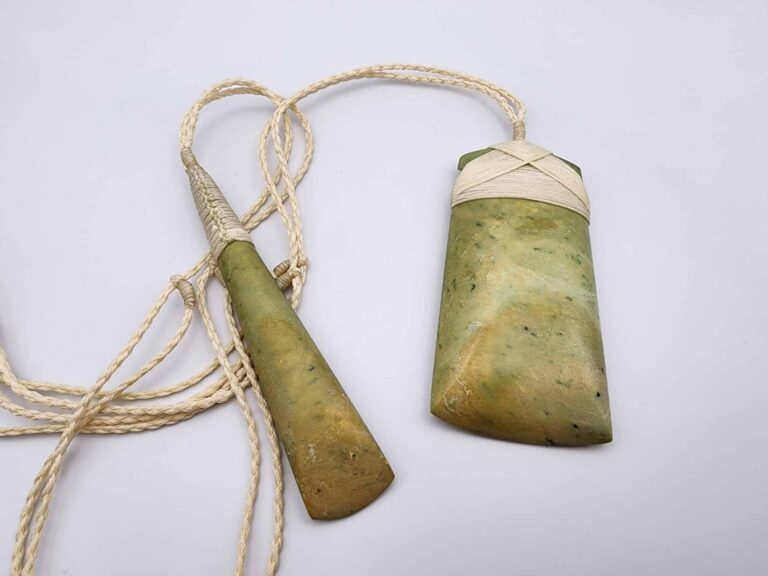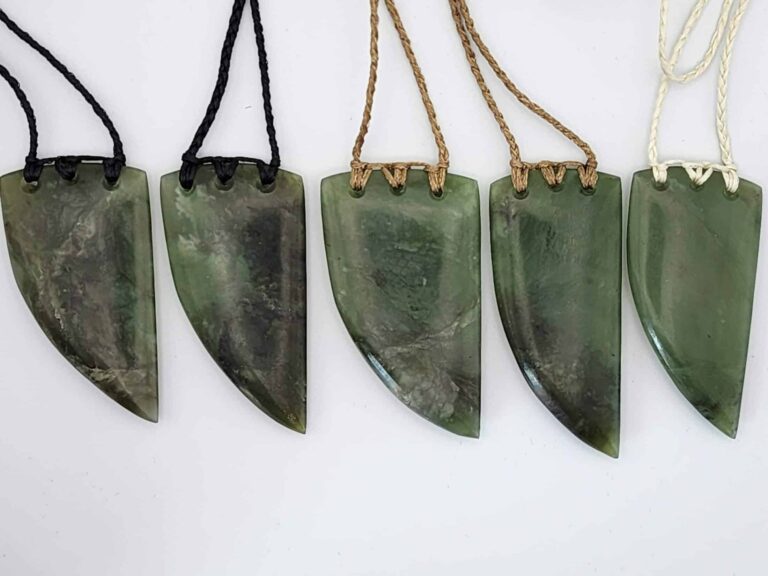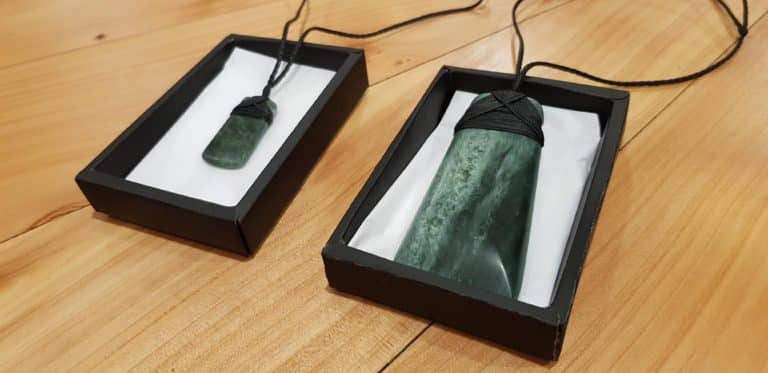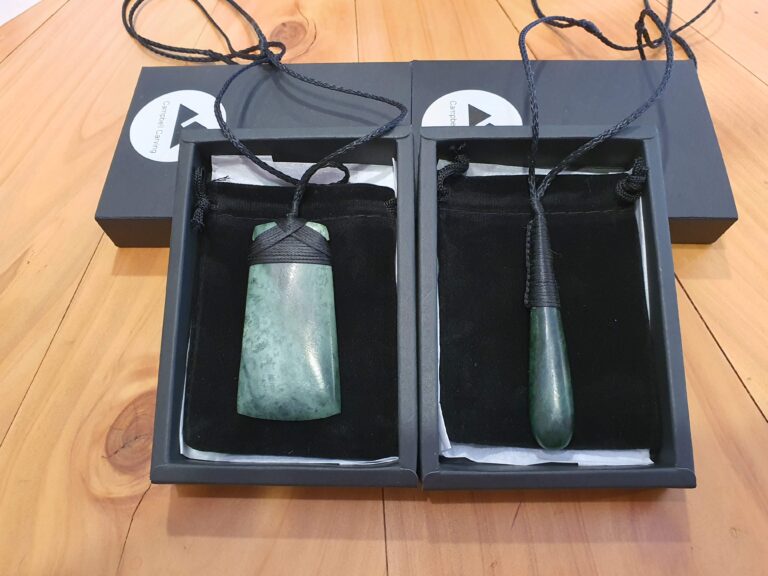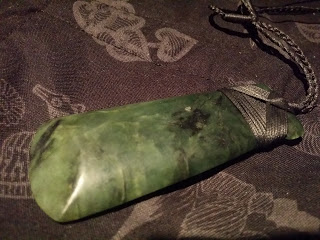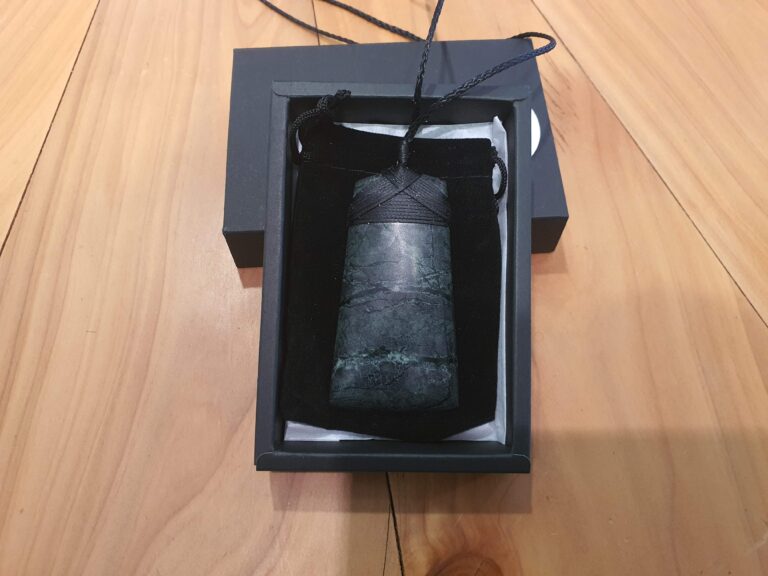Wairua Whero
Every creation has a soul, a resonance that echoes its origins and intentions. My latest set, named Wairua Whero, meaning the ‘Spirit of Red,’ embodies just that. This spirit is not merely a reflection of the deep earthy red-brown hue of the catlinite stone but a testament to the profound stories and traditions that the stone encapsulates. These two pendants, part of the Wairua Whero set, bear a legacy far greater than their size, threading the boundaries of time, geography, and culture, resonating with both Maori and Anishinaabe spirits.
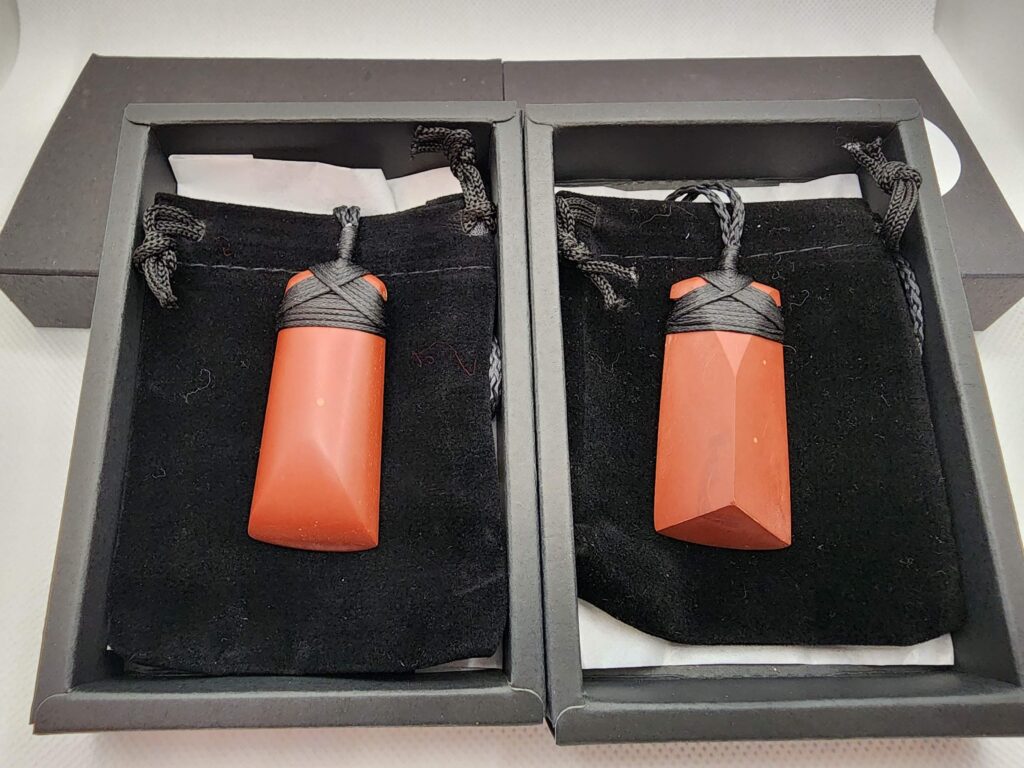
The heart of these pendants lies in the Pipestone National Monument, tucked away in Southwest Minnesota. This cherished land cradles the sacred catlinite quarries, the spiritual touchstone of many Native Americans. For countless seasons, skilled hands have delved into the earth, drawing out this buttery smooth stone from between the steadfast layers of Sioux Quartzite. Each extracted piece is more than just a stone; it is a vessel to carry prayers, dreams, and hopes skyward.
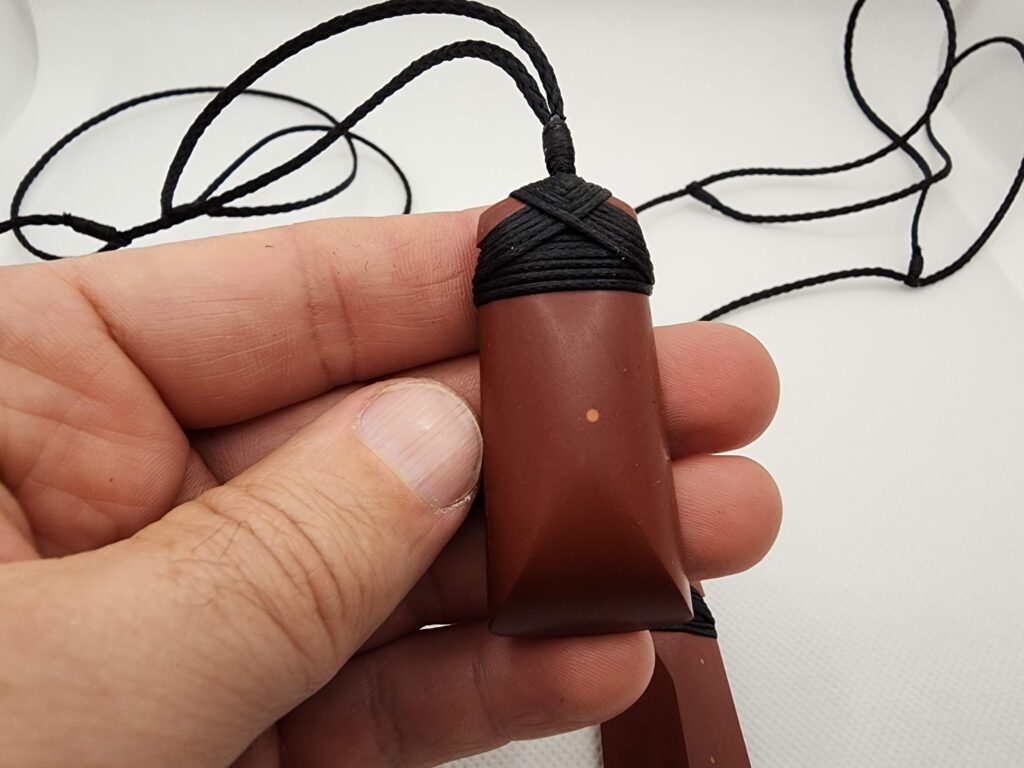
Among the stories that the land whispers, the tale of the White Buffalo Calf Woman stands tall. Through her narrative, she imparts the eternal truth of unity, driving home the significance of the ceremonial pipe as a bridge between the earthly and the ethereal. This connection between man, nature, and the universe is not just legend but a lived experience for the Oceti Sakowin and several other tribes.

It wasn’t just tradition that thrust these quarries into the limelight, but also the art of George Catlin in 1836. A rich tapestry of history unfurls at this monument, with artisans painstakingly continuing the age-old practice of hand-carving designs, just as I did. A step into this space offers more than just a scenic view; it’s a passage through time, offering a glimpse of traditions, tales, and tangible connections.
It is essential to note that the piece of catlinite I was fortunate to work with was a gift. Entrusted to me by an individual whose roots trace back to the Anishinaabe from the Kankakee River, near Lake Michigan, this stone was more than just a material. It was a symbol of trust, friendship, and shared reverence for traditions.
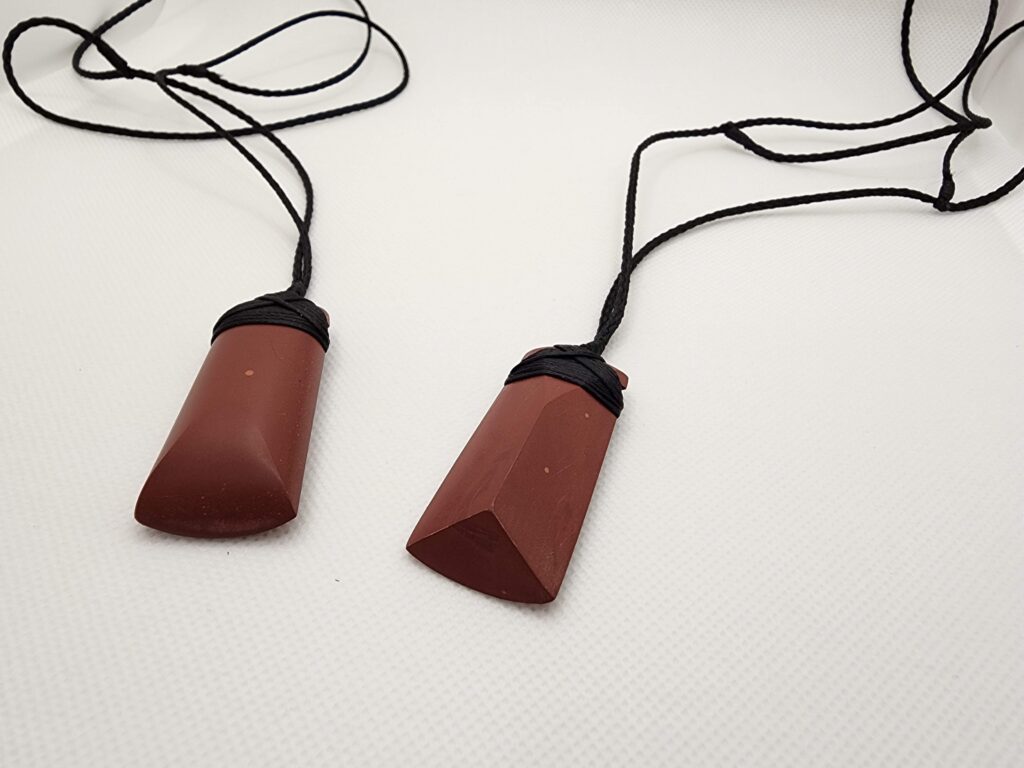
In Maori culture, the ‘toki’ is more than just a pendant or adornment. Its origins lie in the adze, a tool used to carve canoes and shape structures, symbolizing strength, courage, and determination. By transforming this catlinite into the shape of a toki, I aimed to fuse the cultural essence of both the Maori and Anishinaabe. It’s a testament to shared values, the blending of histories, and the mutual respect we hold for our origins and for each other.




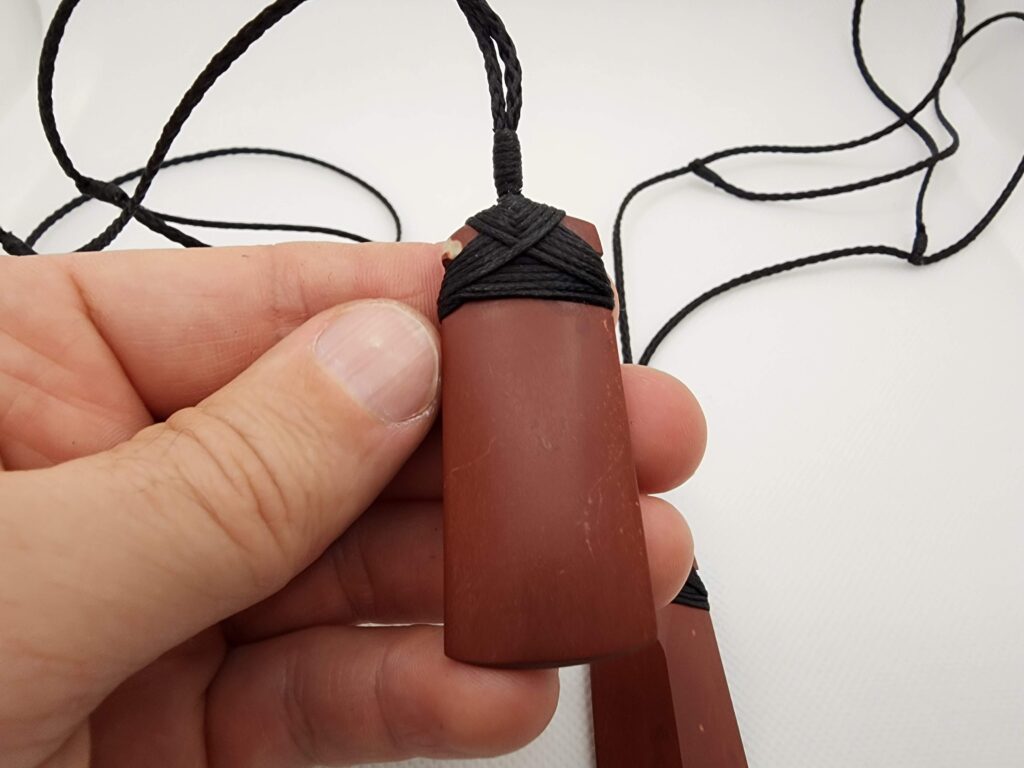
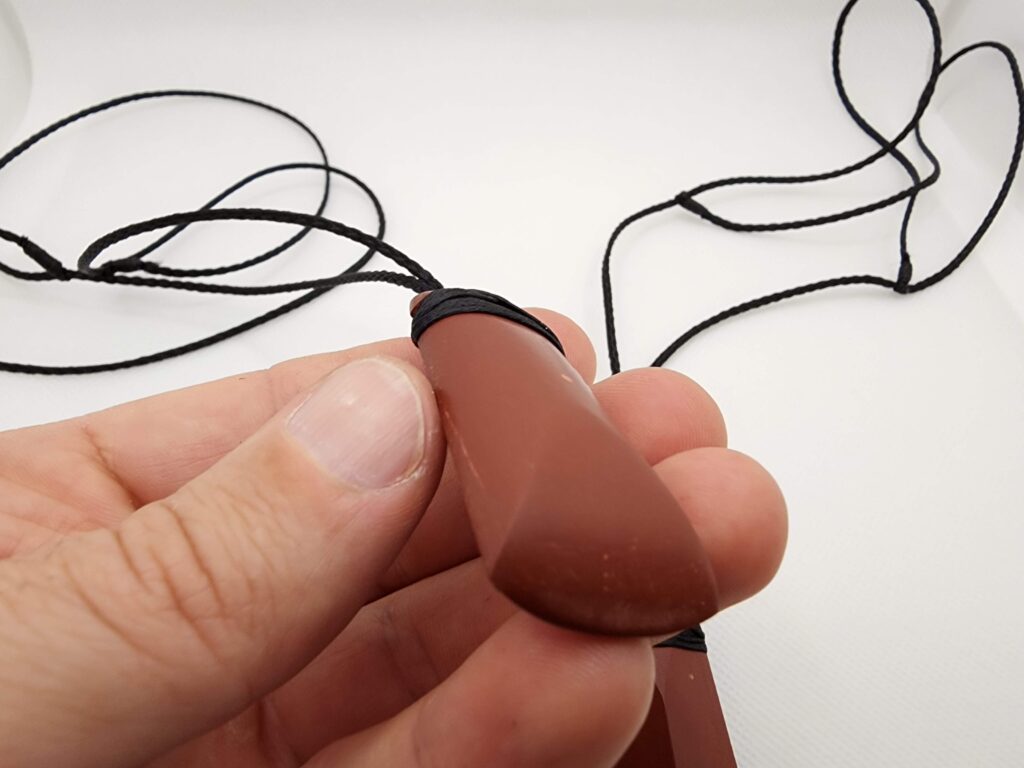

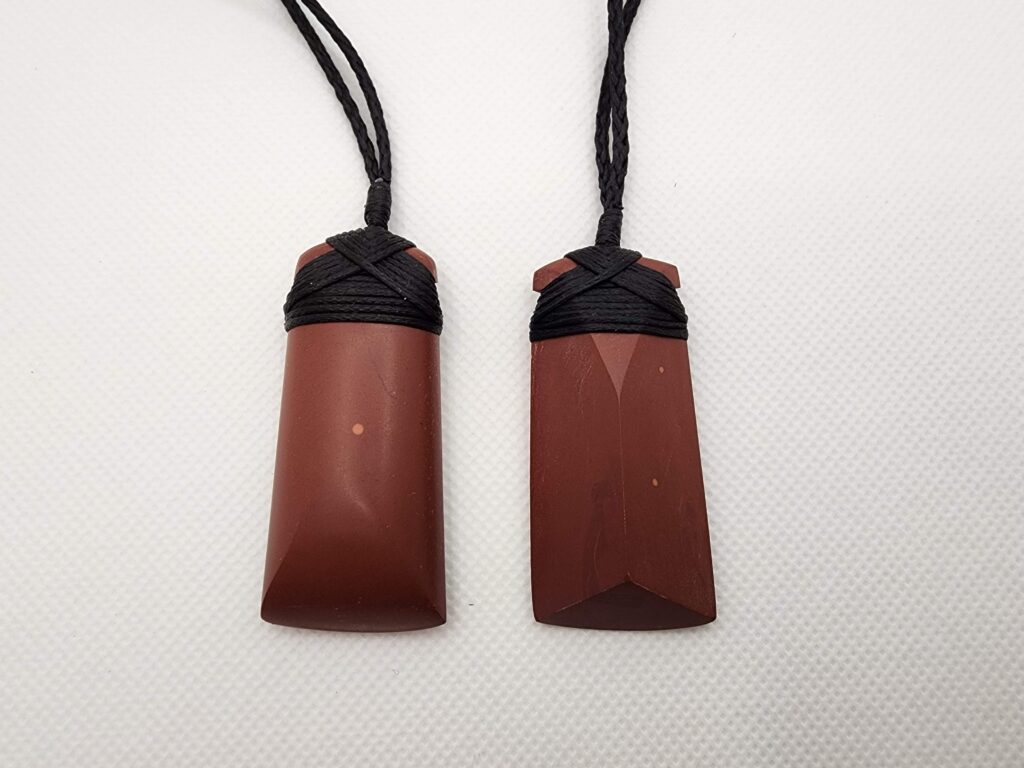

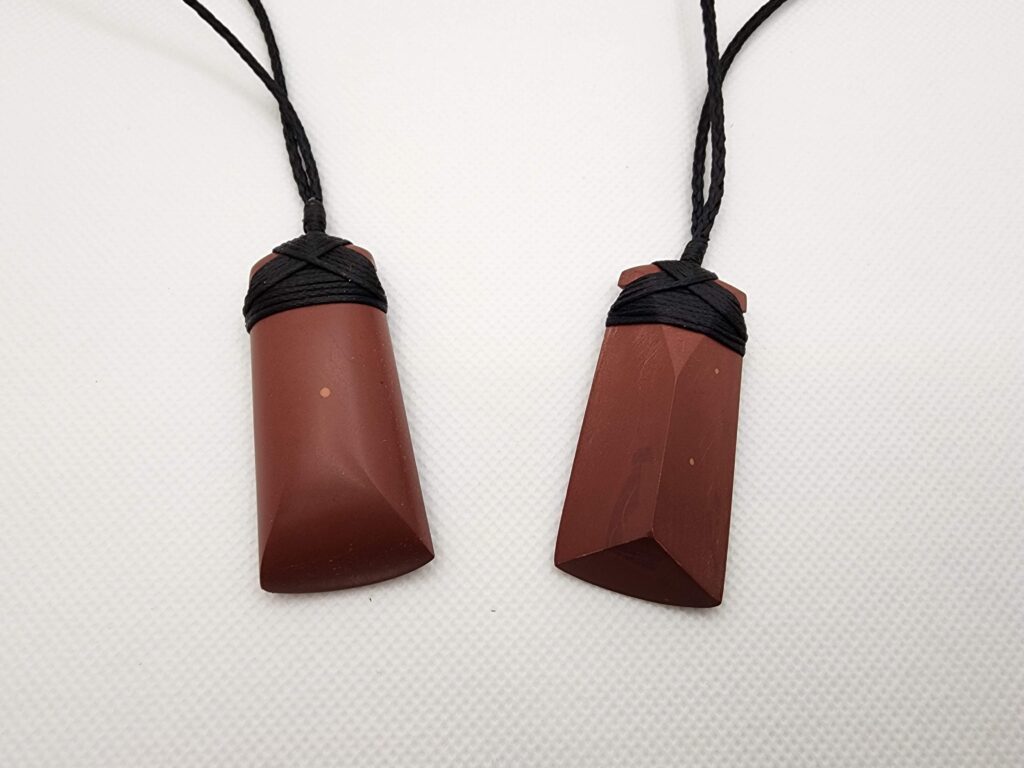
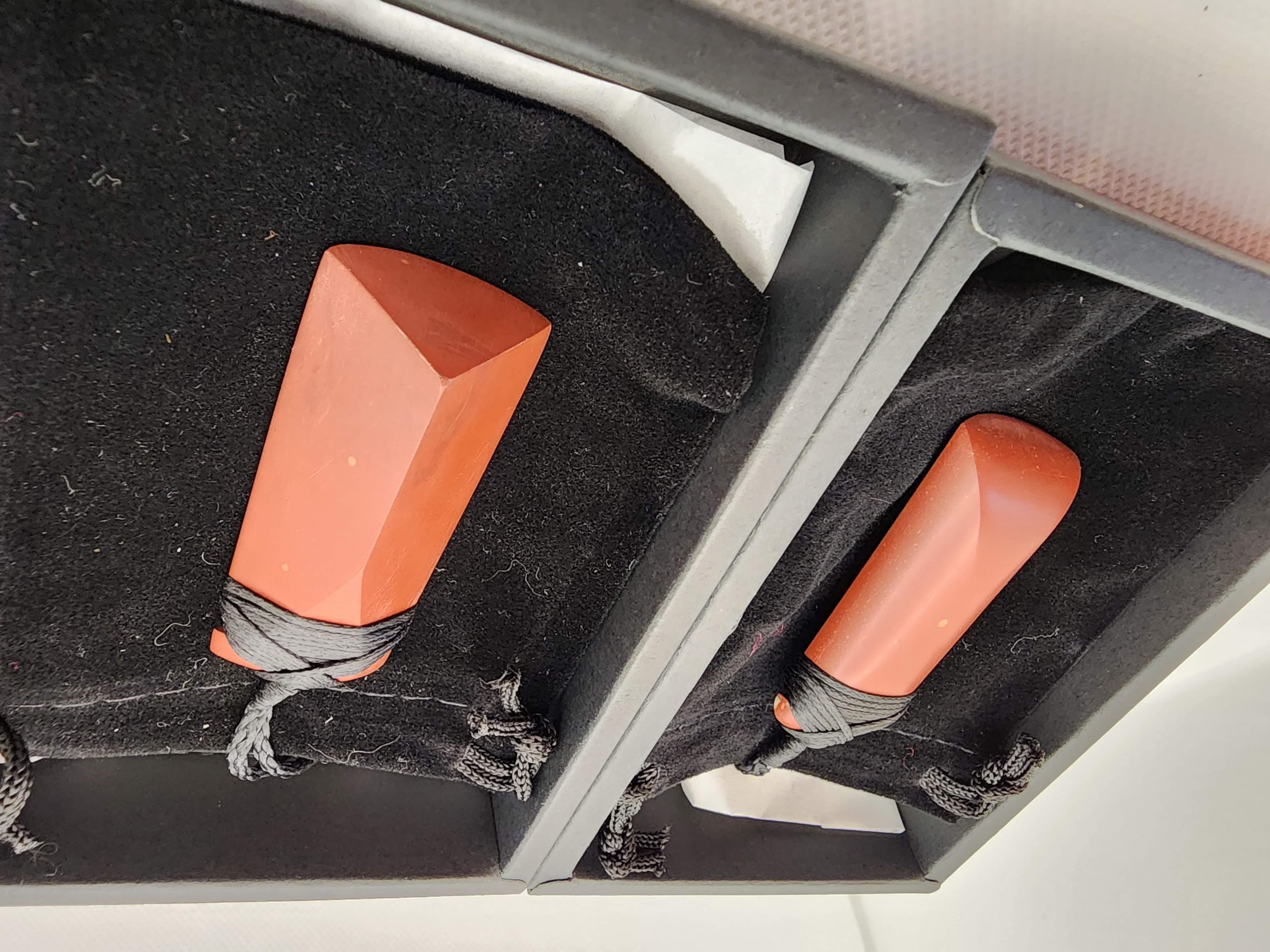
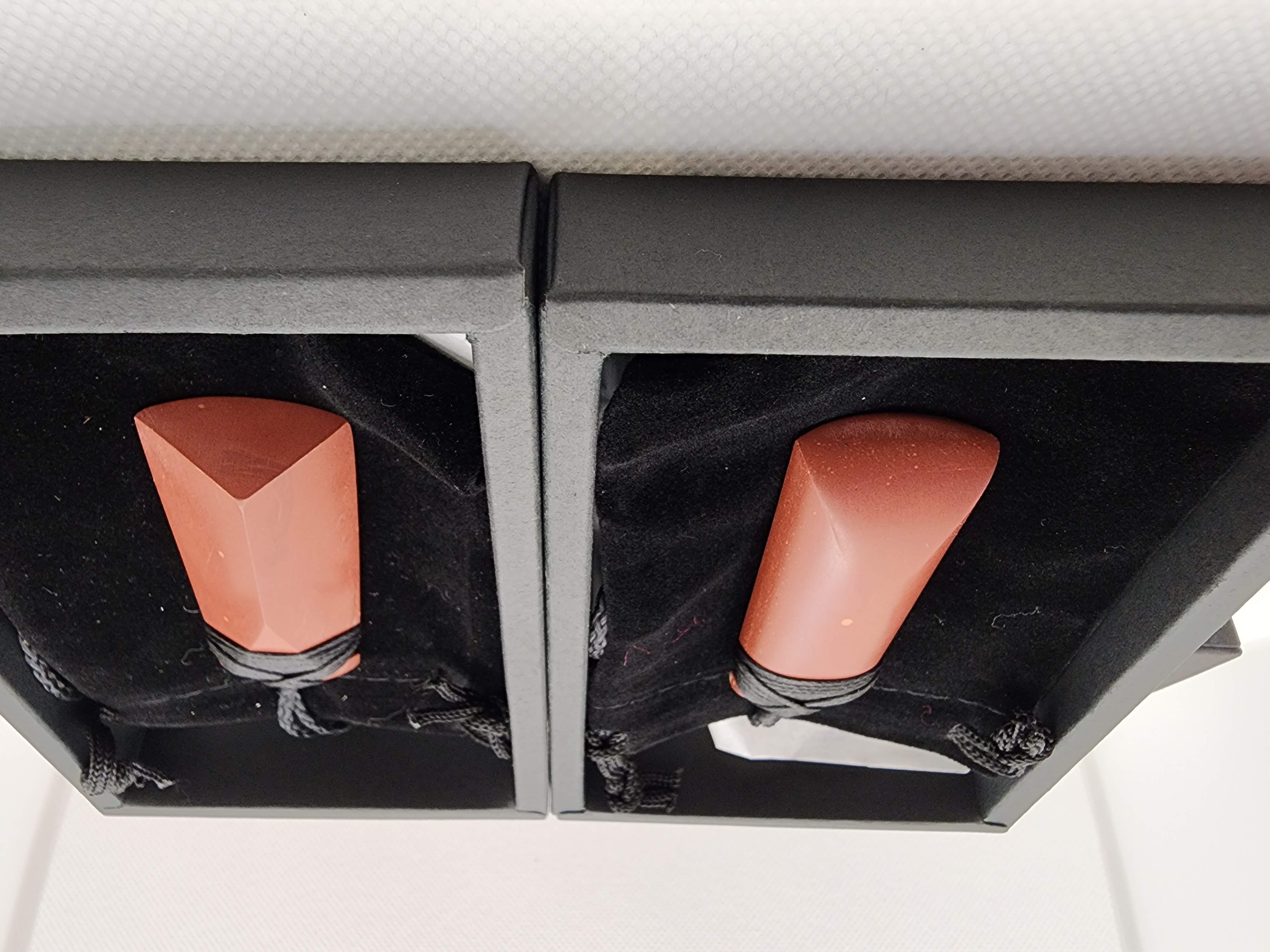

Life is an intricate tapestry of moments, memories, and materials. These two pendants, though small, hold within them a universe of tales, traditions, and ties. Carving them was not just an act of creation but also one of introspection. As they journey back to their giver, these taonga (treasures) serve as a testament to the beauty of cultural fusion, the depth of human connections, and the eternal dance of giving and receiving. They remind us that we are all intertwined in the grand narrative of life, forever bound by our shared histories and hopes.

